Mill History
Want to explore information about the Pine Creek Grist Mill, or read more about grist mills in general? This resource offers information about our mill's history, as well as general information. Expand each section to find out more!
What is a grist mill?
History of milling
How the mill worked
How millstones work - sheet 1 - an overview
How millstones work - sheet 2 - millstone construction and millstone dress.
How millstones work - sheet 3 - photos of dressing the millstone
Owners of the mill
1837-1852: Benjamin Nye
Benjamin Nye: First Settler in the County. Builder of the Mill. Murdered!!
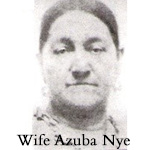
1853-1863: Robert & Laura Patterson
After Ben Nye’s murder the ownership of the mill went to his wife Laura and daughters Laura Patterson and Harriet. The heirs soon sold all interest in the mill to the Pattersons. They hired millers to operate the mill. During the Civil War they sold flour to the Union army. Patterson died in 1863.
1863-1873: A period of Turmoil
Patterson’s death led to a period when ownership passed to a variety of owners.
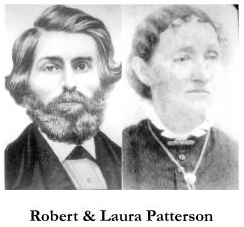
1873-1893: Hermann Huchendorf
Of all the mill’s owners, none did more with it than Huchendorf. He had come to the mill in 1869 as an immigrant from Germany. In 1873 he purchased a share of the mill. In 1877 he and his partner made extensive improvements to the New Process milling. By 1890 he was the sole owner and completely renovated the mill to the modern roller mill that you see today.
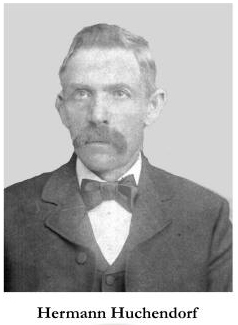
1893-1896: Joseph & Michael Missel
Huchendorf tired of flooding on the creek and sold it to his employees.
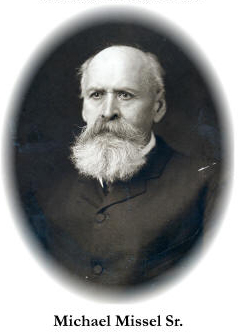
1896-1927: Michael Missel
Michael bought out his brother who moved to Muscatine. Michael kept the mill running until the boiler failed in 1918. By that time the machinery had become worn out. The mill slowly faded until in 1927 the State of Iowa purchased it as part of Wildcat Den State Park.
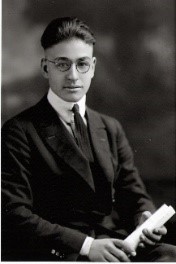
Pine Creek Grist Mill's Water Wheel
Great Flood of 1883
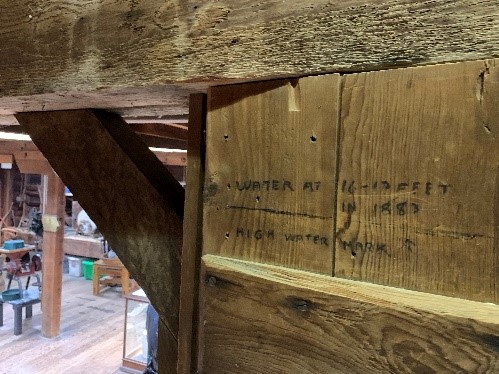
On the stairs to the second floor is a door with a high-water mark on it. The mark tells how a near tragedy can bring a community together.
During the winter of 1882/83 there were stories of snowfall that was so deep it covered the fences and was frozen hard enough that horses could pull sleighs right over the fences. In February the weather suddenly warmed followed by torrential rain.
Anticipating the flood, mill owner Herman Huchendorf and his 2 employees moved as much flour as possible to the second floor. After dark the employees decided to try to make it to higher ground. They were swept away but managed to grab onto the bridge and pull themselves out of the water. Making their way to a neighbor’s house they weathered out the storm. Meanwhile miller Huchendorf had climbed to the top floor and tied himself to a post in the hope that, even if the mill broke up, he could use it to stay afloat. He wrote a note on a flour bag giving his name and asking that if he did not survive that would whoever found his body return it to the family.
The flood carried away part of the sides of the mill. The floodwaters rose almost to the second story. Windows were broken. Machinery was wrecked. Siding was ripped away. Over 100 bags of flour were scattered through the woods and out onto the ice on the Mississippi River.
Luckily the mill stood and Huchendorf was safe, but damage to the mill was devastating. Huchendorf would have been ruined if it weren’t for his neighbors. They gathered up the bags of flour. The mill was so necessary to the community that they donated money and labor enabling Huchendorf to repair the mill and continue in business.

